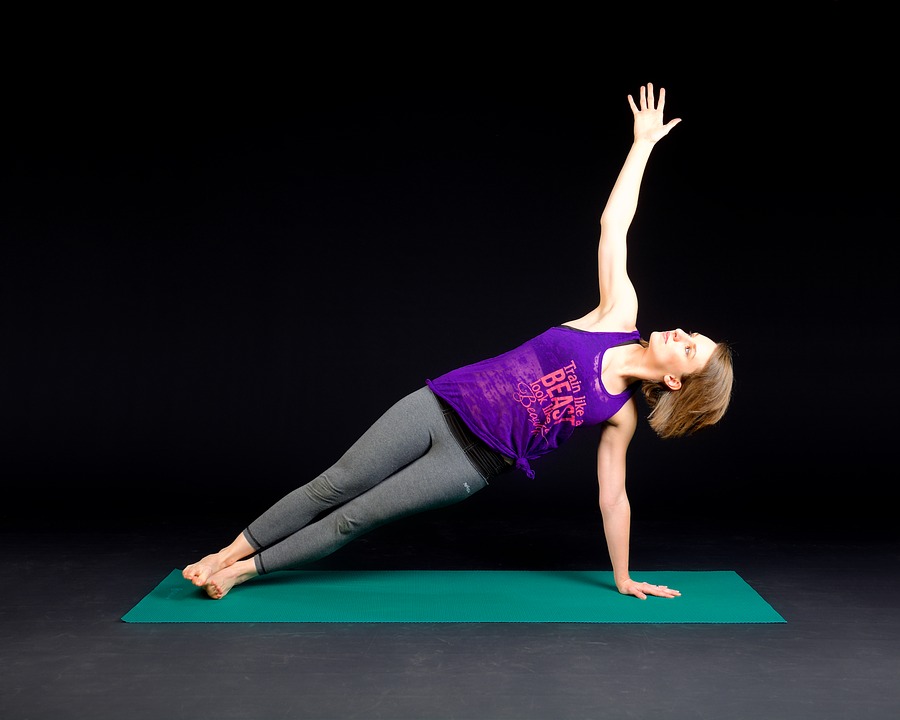This blog is excerpted from a Self article, originally written by Amy Marturana, C.P.T. on September 16, 2017.
If you’ve ever tried to do a core workout and realized midway through that your back is feeling things it shouldn’t be feeling, you’re not alone. A strong core is important for supporting your whole body. From sitting upright in a chair, to simply standing, to running and lifting weights, we need the muscles in our core to stabilize our bodies throughout everything we do. Yet for some people, doing basic bodyweight abs exercises can cause lower-back pain or discomfort.
Your core is made up of a group of muscles that work together to support and stabilize the trunk of your body. While we often think of our core as our abs, the abs are only one part of the equation. The core wraps around the entire body, and includes muscles like the rectus abdominus (the abs), obliques, and yes, the muscles in your lower back.
If your lower back specifically isn’t strong enough, the core work you’re doing may just be asking too much of it, causing your muscles to strain. Alternatively, if you have a weakness anywhere else in your core, your lower back may overcompensate in some abs exercises and end up taking on more than it can handle.
These are the types of core exercises that most commonly cause lower-back pain:
- Exercises that cause hyperextension of the spine: low leg lifts, leg tosses, GHD sit-ups
- Exercises that cause hyperflexion of the spine: sit-ups, hanging leg lifts
- Exercises that twist the spine: bicycle crunches, Russian twists
So what can you do? First, stop doing what hurts. Then, avoid movements that cause you pain. There are some great ways to strengthen your core without putting unnecessary pressure on your lower back. Kira Stokes, a NASM-certified personal trainer and creator of the Stoked Method suggests exercises like: bird dog, dead bug, glute bridges, and planks.
PJ Stahl, M.A., C.S.C.S., co-owner and head coach at Lock Box Fitness & Performance Center in Los Angeles says rotational stability exercises are great, too. These include: forearm plank with alternating leg raises, extended arm plank with alternating arm raises, and a side forearm plank with leg raise.
If you’re careful with your exercise routine but still feeling regular lower back or lower extremity pain, there may be a deeper issue. The Bonati Spine Institute has patented procedures to help those with chronic or acute pains return to their daily routine pain-free. Our patient advocates are available to discuss the situation with you directly and refer you to one of our highly-skilled surgeons to discuss your symptoms and determine if you are a candidate for our Bonati Spine Procedures. Getting started is easy. Simply call us at 855-267-0482 or complete our online contact form here.
Click here to read the full article from Self: https://www.self.com/story/the-abs-exercises-you-should-skip-if-you-have-lower-back-pain

